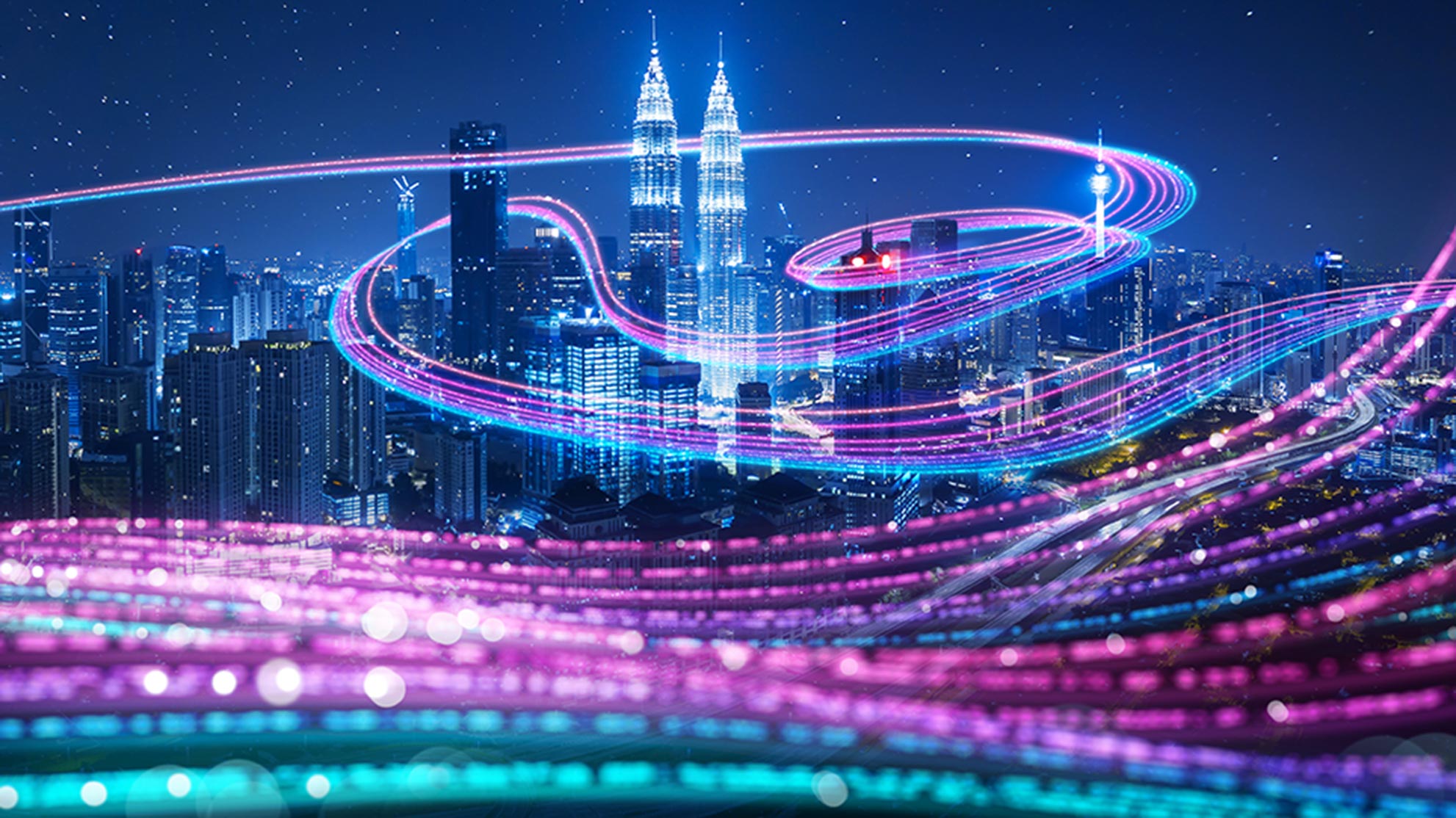
23 Aug TECHNOLOGY TRENDS AND INTERNET INNOVATIONS: FUTURE OF THE WEB SPEAKERS WEIGH IN
Top consulting future of the Web speakers say tomorrow’s Internet holds a wide range of possibilities, driven by technological advancements, changing user behaviors, and evolving business models. For fun, as futurist presenters, let’s contemplate several potential directions Web3 could take:
Web 3.0 and Decentralization: Web 3.0 envisions a more decentralized internet, as future of the Web speakers note, where users have greater control over their data and interactions. Blockchain and distributed ledger technologies could play a significant role in creating decentralized applications, digital identities, and content ownership systems.
Semantic Web: The idea of a semantic web involves making web content more understandable to machines, enabling better data integration and interpretation. That may pave the way for more intelligent search engines, personalized recommendations, and improved automation.
Immersive Experiences: The web could become more immersive with the integration of augmented reality (AR) and virtual reality (VR). Per future of the Web speakers, it might transform how we consume content, shop online, collaborate remotely, and engage with digital environments.
Voice and Natural Language: Voice search and natural language processing could become more prevalent, allowing users to interact with websites and applications through spoken commands and conversations.
Progressive Web Apps (PWAs): PWAs offer a hybrid between web and native apps, providing a faster and more engaging user experience. They could become more popular as technology enables greater offline functionality and seamless integration with device features.
Enhanced Personalization: With AI and machine learning, websites could offer hyper-personalized experiences, adapting content, layouts, and interactions based on individual user preferences and behaviors.
Web Accessibility: The web could become more inclusive with a stronger focus on web accessibility, ensuring that people with disabilities can fully participate in online activities.
Green Web and Sustainability: As environmental concerns grow, future of the Web speakers say there could be a push for a more energy-efficient and environmentally sustainable web, with a focus on reducing the carbon footprint of data centers and optimizing web applications.
Evolving Web Design Trends: Web design could continue to evolve with new aesthetics, layouts, and interaction patterns. As technologies like CSS Grid and Flexbox become more established, web designers could create more innovative and responsive layouts.
Enhanced Security and Privacy: The future web might prioritize security and privacy by default, with stronger encryption, better authentication methods, and more user control over data sharing.
Integration of AI and Automation: AI could play a bigger role in automating tasks like content generation, customer support, and data analysis, making websites more efficient and responsive.
Multilingual and Global Content: The web could become more inclusive by supporting a broader range of languages and cultural contexts, enabling seamless communication and interaction across diverse populations.
Web for Education and Remote Work: The web could continue to facilitate online education and remote work by offering better collaboration tools, interactive learning environments, and virtual meeting spaces.
Microservices and Modular Architecture: Websites could be built using modular microservices, allowing for greater flexibility, scalability, and easier integration of third-party services.
Ethical Tech and Digital Wellbeing: The future web might prioritize ethical design principles, focusing on reducing digital addiction, promoting mental well-being, and fostering healthier online habits.
Put it all together and we see an online realm being shaped by a combination of technological innovations, user demands, ethical considerations, and regulatory changes. It’s important to recognize as future of the Web speakers that these potential trends are just spitballing and that the actual evolution of the web will depend on a complex interplay of various factors.



